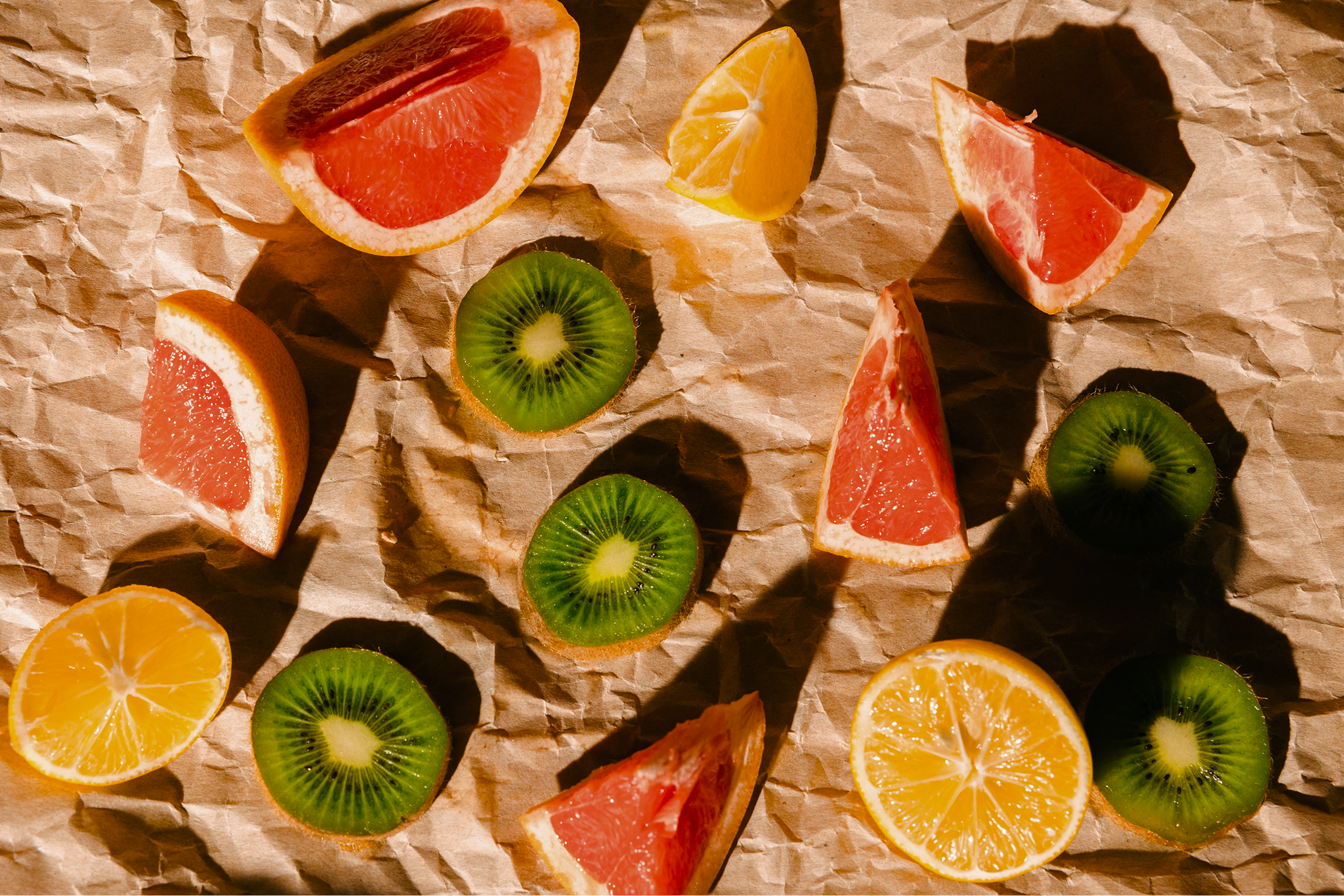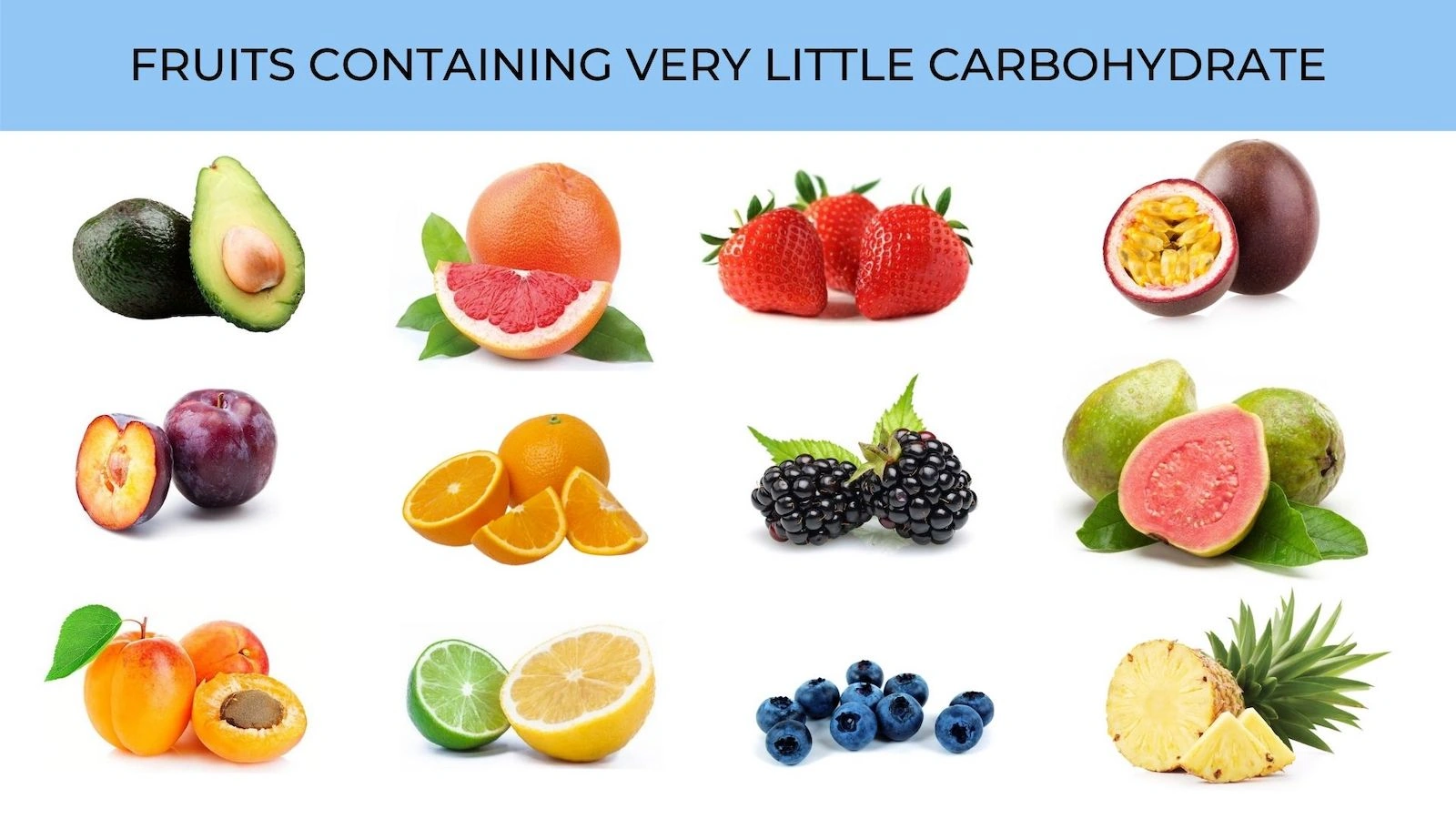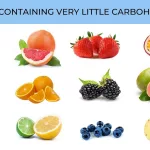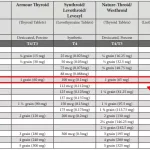Sweet Cravings, Real Worries
Ever found yourself hovering over a fruit bowl, stomach grumbling, but your brain whispering, “Can I eat this?” If yes, you’re in good company. There’s this strange dance we do, right? You want something juicy, but that little cloud of doubt—”Will my blood sugar go haywire?”—floats overhead. I’ve had so many of those moments. Sometimes, I even hear the voice of my overly-cautious aunt (“You’re eating fruit? With diabetes?!”) echoing in my head.
Let’s get one thing straight: fruit is not the villain in your diabetes story. Not even close. The trick? Picking the right cast members for your personal fruit parade. Ready to figure out “what is the best fruit for diabetics?” It’s not about deprivation. It’s about little discoveries every day. Let’s wander through this together.
The Truth About Fruit: Not All or Nothing
Why Fruit Still Fits In
First, let’s blow up the biggest myth: “If you’re diabetic, you have to skip fruit.” Nope. Not true. The American Diabetes Association is crystal clear—fresh, whole fruits are a big yesresearch on healthiest fruit choices. Why? Because they’re loaded with fiber, vitamins, minerals, and a powerful bonus: satisfaction. That’s something a no-sugar-added protein bar just can’t deliver.
Lifesaver #1: Fiber
Nature built fruit to be a slow-release treat. Fiber (found in the skin and flesh) acts like a gentle speed bump for sugar, slowing down its trip into your bloodstream. That means fewer spikes and (hopefully) less of that rollercoaster feeling. You know the crazy blood sugar swings? Fiber helps keep the ride smooth. Plus, according to a pile of studies, a fiber-rich diet even lowers your risk of heart trouble down the road according to diabetes nutrition research.
Lifesaver #2: Nutrients & Flavor
Let’s not forget—fruit actually tastes good. Like, “hello, summer morning” good. Want vitamin C, potassium, and antioxidants? You’re in the right aisle at the grocery store. That big, beautiful apple? It’s doing a lot more than just satisfying your sweet tooth.
By the way, I had a friend (let’s call her Sam) who switched from those mini chocolate bars to a daily handful of strawberries. She texted after a week: “Still sweet. Less hangry by 4pm.” Little swap—huge mood boost.
Find Your Sweet Spot: How Fruits Affect Blood Sugar
Meet the Glycemic Index (GI): Your New Bestie
There’s a handy tool called the glycemic index—a scale that rates how fast foods raise your blood sugar. Lower numbers mean a slower, gentler rise. Most fruits hang out on the low-to-moderate end, especially berries, apples, pears… the stuff your grandma probably grew in her backyard. (Bananas and pineapples? Different story. We’ll get there!).
Table: Quick GI Glance for Common Fruits
| Fruit | GI Score | Why It Matters |
|---|---|---|
| Cherries | 22 | Super low impact on blood sugar |
| Apples | 36-38 | Fiber-rich, slow absorption, easy snack |
| Blueberries | ~53 | Antioxidant powerhouse, tons of flavor |
| Pineapple | 66 | Sweeter, spikes glucose faster |
| Watermelon | 72 | High GI, but mostly water (so, small portions are okay!) |
Honestly? You don’t have to memorize the whole chart. Just know this: those fiber-rich, low-GI picks will treat you kindly.
Why Blueberries Steal the Spotlight

Wondering what is the best fruit for diabetics? Drumroll… It’s hard to ignore blueberries. There’s something almost magical about them. Call it “small, but mighty.” Blueberries pack a super low GI, a wallop of anthocyanins (those good-for-you plant pigments), and according to research, people who eat them regularly can see their risk of type 2 diabetes drop significantly according to a recent study.
Plus, you don’t need a lot—a fist-sized handful counts as a serving (about 1 cup, 15g carbs). Got oatmeal? Toss blueberries on top. Snack attack? Mix berries with a dollop of plain yogurt. Simple, filling, happy.
I remember chatting with a dietitian once who laughed and said, “Blueberries are like the unicorn of the fruit world for people with diabetes. Versatile, hard to mess up, and nearly everyone loves them.” That about sums it up.
If you want even more delicious ideas, my favorite resource so far is the roundup of the 5 best fruits for diabetics.
Portion Size: Tiny Detail, Big Difference
The 15g Rule (And Why It Works)
If you take one thing from this whole chat, let it be this: portion matters. A small apple, a half-cup of strawberries, one peach… that’s your golden zone (about 15g carbs per portion). If you’re munching grapes, stick to just a handful. It doesn’t have to feel stingy—even little servings are satisfying when you take your time with them.
This isn’t just me rambling; the ADA and Mayo Clinic both say moderate, spread-out servings help dodge those unpredictable spikes according to everyday diet guidance. So, go ahead—enjoy fruit two to three times a day, spaced out. That’s not punishment; that’s freedom.
Personal Tip:
I once tried the “big fruit salad for lunch” mistake (hey, it was summer… and the fruit was calling my name). My energy tanked an hour later. Now, I break it up—morning with breakfast, late afternoon as a bridge to dinner. Way more sustainable.
Mix, Match, and Pair: How to Do Fruit Right
What You Eat With Matters
The sneaky truth about fruit? What you eat it with makes a huge difference. Eating fresh fruit alongside healthy fats or proteins—think almonds, Greek yogurt, or cottage cheese—can slow things down even more. No sugar spikes, just steady energy. (And hello, flavor variety!)

Once, I got bored with apples all by themselves. I started dipping apple slices in almond butter (just a thin layer), and suddenly it became my go-to “I’m stressed but still want something good” snack. The combo keeps hunger at bay, too.
If you’re looking for more inspiration (and believe me, some fruits just pair better than others), I really love the simple snack ideas in the 5 best fruits for diabetics post.
Juice, Dried, or Whole?
Quick quiz: Juice, dried, or whole? (You already know the answer… don’t you?) Stick to whole fruit. Juices (even “no sugar added”) cut out the fiber, and dried fruit is a sugar bomb in tiny portions. One small box of raisins could equal an entire meal’s worth of carbs!
Processed or canned fruit? Only if it’s packed in water or its own juice—never syrup. You deserve the real thing, not sugar hiding in sneaky places.
Reality Check: Fruits to Watch Out For
Some fruits pose more of a challenge—bananas, grapes, and especially dried mangoes. Doesn’t mean you can’t ever have them; just treat them as rare treats, not daily habits. If you want the full scoop, check out the 5 worst fruits to eat for diabetics article—it’s gentle, not judgy, promise.
Comparing the Best and Riskier Fruits
Not All Fruit Bowls Are Equal
| Fruit Type | GI Level | Perks | Not-So-Greats |
|---|---|---|---|
| Blueberries | Low (53) | Antioxidants, steady sugar | Easy to overeat by the handful |
| Apples | Low (36-38) | Easy snack, high fiber | Portion control (skip “super-size” ones) |
| Bananas | Medium (51) | Portable, filling | Higher carb load, faster spike |
| Pineapple | Moderate (66) | Delicious, vitamin C | Limit to half-cup, best with meal |
| Dried Fruit | Very High | Easy energy, shelf stable | Tiny serving = big sugar load |
Quick Question:
Ever notice how eating a big, fresh salad with berries leaves you feeling more balanced than gulping a glass of OJ? That’s the fiber difference, working its magic.
Daily Hacks: Making Fruit Your Friend
Easy Ways to Enjoy (And Not Stress)
Aim for two to three servings of fruit a day. Mix things up! One day, pair a small apple with cheese (classic, right?), the next try a cup of cherries with a spoonful of yogurt, or a few slices of orange after dinner. Experiment and see how your body feels. As a bonus, if you’re curious whether specific fruit messes with your levels, use your meter—or a continuous glucose monitor if you’ve got one. (I never thought I’d love tracking data, but it’s like detective work for your own body.)
And please, don’t forget to treat yourself! There are no “perfect” days and you don’t have to give a TED talk about your food choices. If you bust your routine once in a while… you’re normal.
Final Words on Fruit, the Good and the Not-So-Good
If all this talk about “fruit rules” feels a little overwhelming, remember: It’s all a learning process. I still have days where I forget how much I ate—nobody’s perfect. The most practical advice? Enjoy fruit, go for the fiber-rich and low-GI types like blueberries, strawberries, apples, pears, and cherries, and tune in to what your body tells you. For “no-no’s” and pitfalls to sidestep, keep 5 worst fruits to eat for diabetics handy as your cautionary list.
Let’s Wrap This Up: You + Fruit = Happier Days
You made it! So, what is the best fruit for diabetics? Blueberries take the crown, thanks to their sweet flavor, low GI, and powerful nutrients. But honestly, you’ve got a handful of great options: apples, berries, oranges, cherries… the list is longer than you think.
The secret is in the balance—portion size, frequency, and pairing with protein or fats. If you’re worried, remember you’re not alone. Most of us have fumbled our way through a fruit decision or twelve. That’s how we learn.
Start small—maybe pick up some blueberries this week, try them as a snack, and jot down how you feel. Swap just one less-friendly fruit for a better pick next time. Your future self (and your A1C) will thank you. If you have a tip, story, or experiment to share, drop a comment—let’s figure out these sweet wins, together! Life with diabetes is never boring… and with the right fruit, your plate won’t be either.


















Leave a Reply
You must be logged in to post a comment.